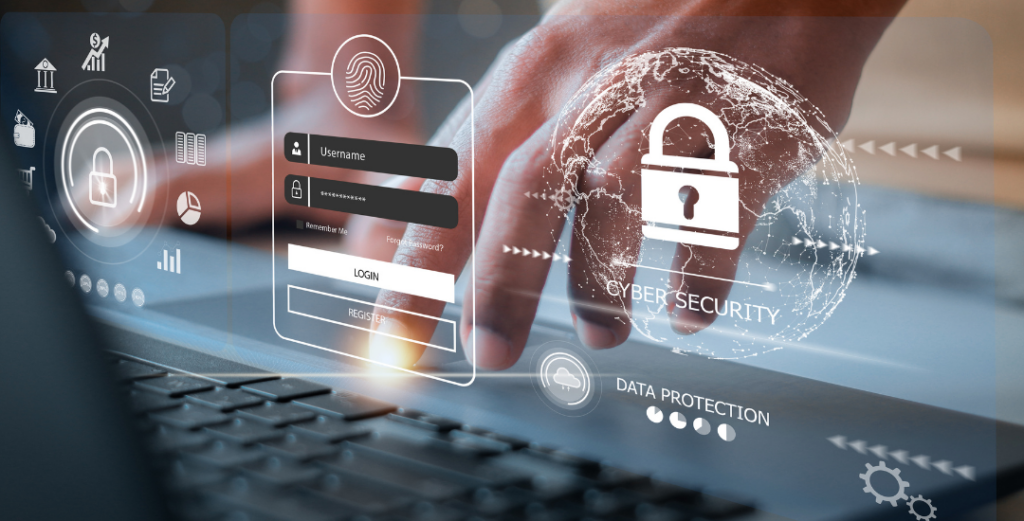
The headlines and warnings about cyberattacks cybersecurity risks for businesses of all sizes are alarming. While it may be tempting to hide under your desk and hope it all goes away, the reality is that threats are only intensifying. In Ensuring 2024 Success: Top Cybersecurity Measures to Prioritize in 2024, we delved into the top cybersecurity risks out there and provided guidance on what security measures your company should prioritize today.
Top 10 Common Cybersecurity Risks for Businesses
1nteger’s security operations center focuses on staying ahead of the cyber risk trends affecting clients, and observed the following common cybersecurity risks for businesses in 2023:
- Human error.85% of data breaches have a human aspect, starting with users clicking on something they shouldn’t. Worse, AI is helping cybercriminals create increasingly authentic looking phishing emails, making it harder to differentiate between what’s genuine and what isn’t.
- Poor or lack of cybersecurity education. The human firewall is one of the weakest, due to insufficient cybersecurity training that fails to cover awareness, best practices, and response planning. Watch: Email Breach Signals: Top 5 Warning Signs Every Business Should Watch For
- Third-party supply chain risks. Exchanging data with third parties exposes valuable information to bad actors. Third parties include outside vendors or platforms used for various purposes like payroll, benefits, accounting, ERP systems, and suppliers. Any secondary site housing your data can leave you vulnerable to a breach.
- Software misconfigurations. Errors or oversights when configuring cloud services, applications, and databases can create vulnerabilities which can be exploited by cybercriminals.
- Improperly stored data. Data that is not stored according to best practices or standards can invite unauthorized access. Examples of improperly stored data include unencrypted data, unsecured cloud storage, insecure databases, and unprotected removable media.
- Malware and ransomware attacks. Ransomware, a type of malicious software, frequently grabs headlines. Attackers use ransomware to encrypt or lock data in the hopes of causing financial losses and operational disruptions, then demand ransom payments for decryption keys.
- Social engineering or phishing attacks. Cybercriminals are increasingly targeting end users, as opposed to organizations. Compromised end user accounts serve as launchpads for phishing emails, rapidly spreading the threat through networks.
Go Deeper: Phishing That Lands a Trophy - Physical device loss or theft. When laptops, smartphones, or USB drives are lost or stolen, the sensitive data they possess can be compromised if not properly secured or encrypted.
- Distributed Denial of Service (DDoS). DDoS attacks flood networks, servers, or websites with an overwhelming amount of traffic, making them unusable for legitimate users. These attacks disrupt operations and can result in financial losses and reputational damage.
- Unidentified/unpatched vulnerabilities. Unidentified or unpatched vulnerabilities in software, operating systems, or network infrastructure can be exploited by cybercriminals to gain unauthorized access or launch attacks.
While these risks may seem daunting, the good news is that effective cybersecurity strategies and tools are becoming more accessible and affordable, even compared to a few years ago. Whether you’re just starting or already focused on cybersecurity, today is a good day to take action.
If you need assistance assessing your level of cyber-preparedness and developing a security strategy that balances budget and risk, contact one of our cybersecurity experts for a free vulnerability assessment.